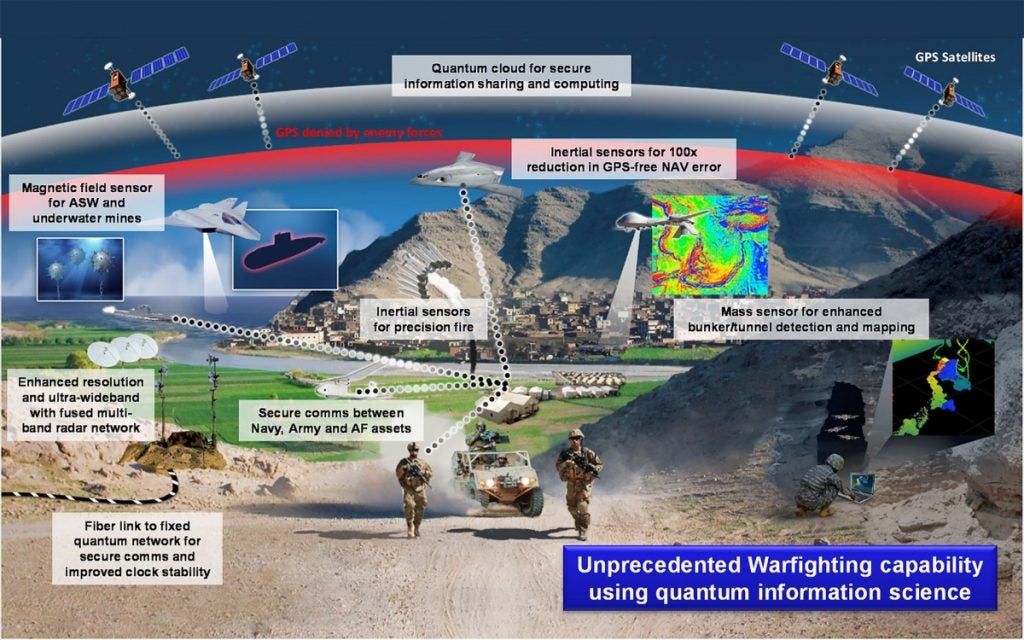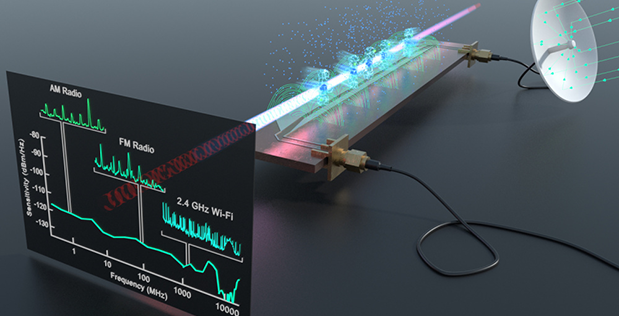DARPA Aims to Use Quantum Techniques for Radio Frequency Sensing
On 4 August, the US Defense Advanced Research Projects Agency (DARPA) selected research teams for its Quantum Apertures (QA) program. Leaders for the teams were identified as: ColdQuanta, Honeywell, Northrop Grumman and SRI International.
The goal of the program is to develop “a fundamentally new way of receiving radio-frequency waveform”. DARPA hopes to apply quantum techniques to RF antennas (apertures) which will have “significantly greater sensitivity, bandwidth, and dynamic range” than anything available today. The research is expected to have applications in fields like communications, electronic warfare and radar.
According to QA Program Manager John Burke:
“Today, commercial wireless infrastructure, the construct of spectrum use, and beyond have been dictated by a hundred years’ worth of antenna theory, originally developed by German physicist Heinrich Hertz. […] With the introduction of quantum, we have the ability to replace the existing fundamental limits placed on antenna technology with a whole new set of rules. Quantum Apertures seeks to create a paradigm shift in the way we access and use the spectrum.”
The teams are set to build on the Rydberg sensors which today are the latest quantum RF aperture technology. Recently developed by the US Army Research Laboratory and previously described as a “super wideband radio receiver”, the Rydberg sensors have some significant advantages over older systems. These sensors and their performance are not constrained by size are not affected by thermal-noise-induced sensitivity issues. Despite this progress, however, researchers still have many technical challenges to address with the new technology.

It is hoped that the program will eventually allow for detecting and processing common waveforms such as digital television and GPS in addition to developing new waveforms. According to Burke:
“Recent demonstrations of Rydberg atomic sensors have shown that it’s possible to access large portions of the RF spectrum, but QA aims to go beyond those efforts by continuously connecting these demonstrations across the spectrum. […] We’re going from simple demonstrations of one functionality to a device that can be programmed to do almost anything and do most of it better than a classical receiver could. This includes speeding up the time to tune the sensor, improving sensitivity to small signals, enhancing dynamic range, and expanding compatibility with modern signals.
The program is set to be nearly five years in length and research work is set to start this fall. It is part of a much larger DARPA focus on quantum technologies.

